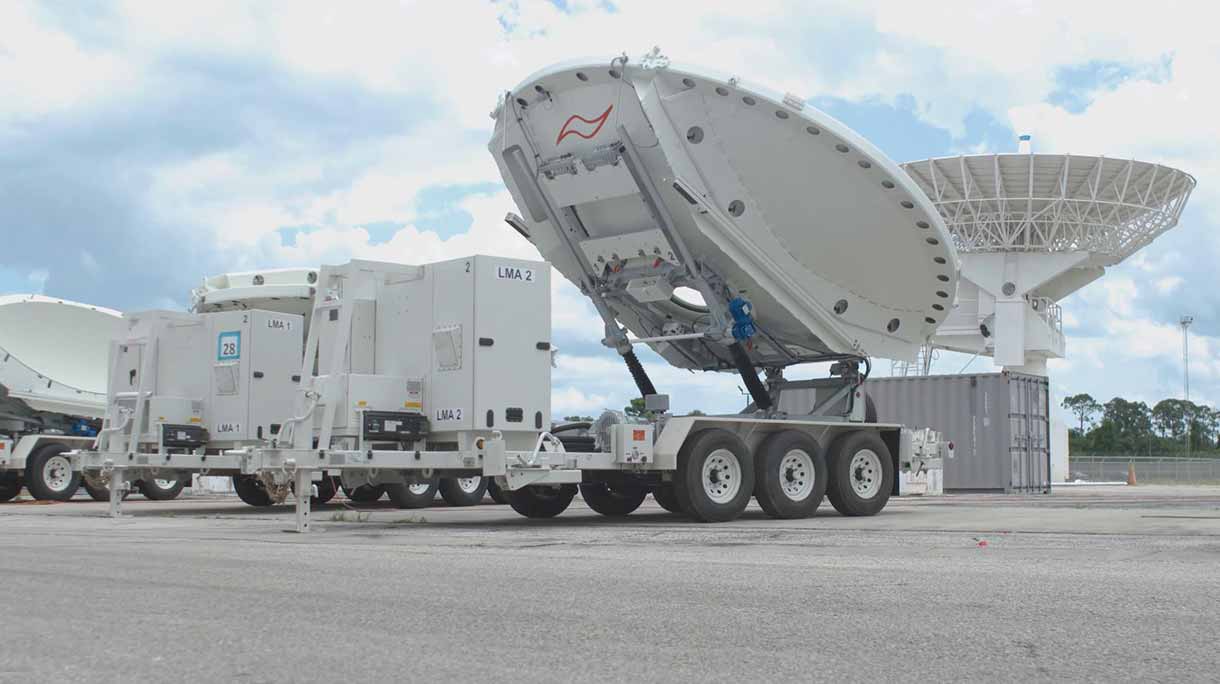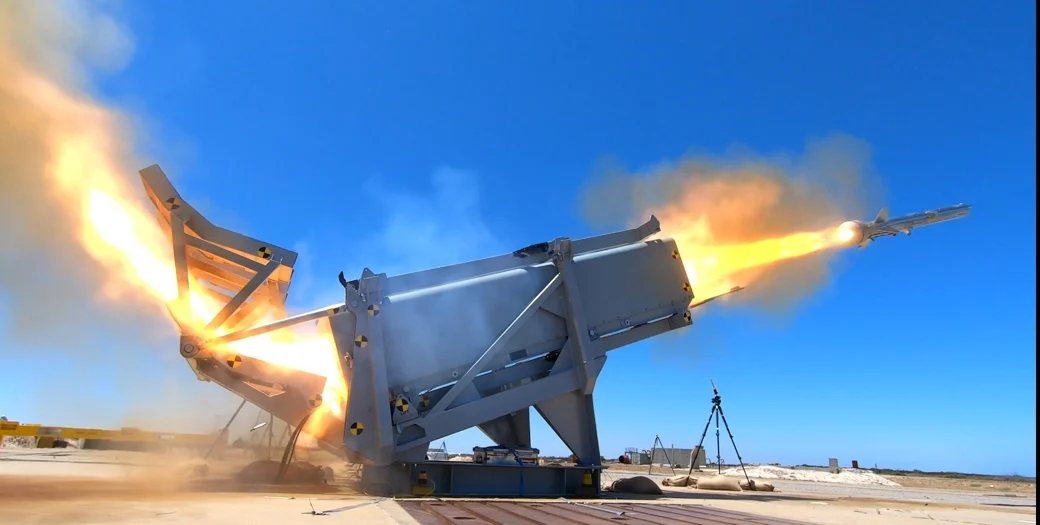US Air Force to Enhance Satellite Jammer Technology in 2024 Amid Rising Global Tensions
The United States Air Force has announced plans to introduce a cutting-edge electronic warfare system capable of disrupting satellite communications operated by China and Russia, with initial deployment expected next year. Developed by L3Harris, the system, known as "Meadowlands," will further bolster the U.S.’s capabilities in the early stages of potential conflicts, according to Bloomberg.
Originally slated for delivery in 2022, the Meadowlands technology is designed to jam satellite transmissions using ground-based radio frequency units. The system represents an upgrade to the existing 16 L3Harris Counter Communications System (CCS) mobile platforms currently utilized by the U.S. Space Force and Air National Guard. These platforms are strategically positioned to disable adversarial satellite connections, which is crucial for maintaining operational security on the ground.
The updated version, Meadowlands, will enhance battlefield operations by allowing U.S. forces to disrupt satellite links that may be monitoring or directing enemy operations above. Notably, the system’s reversible functionality permits operators to temporarily interrupt satellite communications while enabling restoration when necessary.
The $124 million contract to upgrade the CCS to the Meadowlands system was signed in 2022, with L3Harris stating that the improvements will double existing capabilities and update units fielded both domestically and internationally. Enhancements aim to improve mission effectiveness, reduce the size and power requirements of equipment, and increase automation in satellite communications management.
The U.S. Space Force has announced plans to evaluate the readiness of the first five systems between January and March 2024, as part of a larger initiative to deploy a total of 32 systems.
These developments come in light of escalating tensions globally, particularly regarding China and Taiwan, as well as the ongoing conflict in Ukraine. The U.S. is prioritizing the protection of its communication infrastructure against potential threats, which includes defending against GPS signal interference.
Both China and Russia maintain extensive satellite networks that pose significant strategic challenges. China’s BeiDou global navigation satellite system, operational since 2015, comprises over 30 satellites, while Russia’s GLONASS system, dating back to the Soviet era, includes 24 satellites in orbit. The U.S. Department of Defense has previously raised concerns over China’s advancements in satellite-targeting missile technologies, further underscoring the need for enhanced electronic warfare capabilities.
The introduction of the Meadowlands system is a pivotal step in ensuring U.S. military readiness in a rapidly evolving global landscape.


















